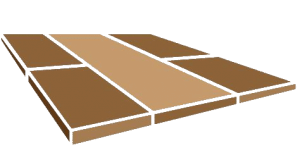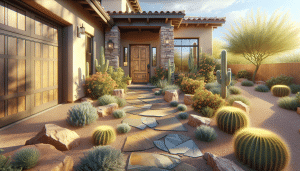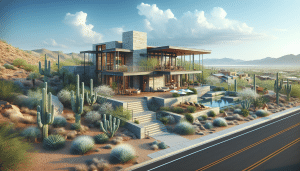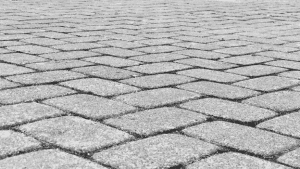Safety should be a top priority for any property owner, and one key aspect of safety is ensuring that your paved surfaces are free from hazards that can lead to slips and trips. At Gilbert Paving Company, we understand the importance of paving safety, and in this guide, we’ll share valuable tips and strategies to help you prevent slips and trips on your property.
Contents
Introduction
Slips and trips on paved surfaces can result in injuries, liability issues, and even legal consequences. By taking proactive steps to identify and address potential hazards, you can create a safer environment for residents, visitors, employees, and customers.
Common Causes of Slips and Trips
Before we delve into prevention strategies, let’s examine some common causes of slips and trips on paved surfaces:
- Uneven Surfaces: Potholes, cracks, and uneven paving materials can create tripping hazards.
- Wet or Icy Conditions: Rain, snow, or ice can make paved surfaces slippery and increase the risk of slips.
- Lack of Proper Drainage: Standing water on paved areas can create hazardous conditions.
- Inadequate Lighting: Poorly lit areas can conceal hazards and increase the risk of accidents, especially during nighttime.
- Loose Debris: Leaves, gravel, or debris on paved surfaces can cause slips and trips.
- Worn or Damaged Surfaces: Paving materials that have deteriorated over time may have loose or crumbling areas that pose hazards.
Preventing Slips and Trips on Your Property
1. Regular Inspection and Maintenance
- Conduct routine inspections of your paved surfaces to identify and address any issues promptly.
- Repair cracks, potholes, and uneven surfaces as soon as they are detected.
2. Proper Drainage
- Ensure that paved areas have adequate drainage systems in place to prevent standing water.
- Clear drains and gutters regularly to maintain proper water flow.
3. Slip-Resistant Surfaces
- Consider using slip-resistant paving materials, especially in areas prone to wet conditions.
- Apply anti-slip coatings to existing surfaces if necessary.
4. Adequate Lighting
- Install sufficient outdoor lighting to illuminate walkways, entrances, and parking areas.
- Ensure that lighting fixtures are in good working condition.
5. Clear Pathways
- Keep paved walkways and pathways free from debris, leaves, snow, and ice.
- Implement regular snow and ice removal procedures during winter.
6. Signage and Warnings
- Use appropriate signage to alert people to potential hazards, such as wet surfaces or uneven pavement.
- Mark areas that are under repair or construction to prevent access.
7. Ramps and Handrails
- Install ramps and handrails where necessary to assist individuals with mobility challenges.
- Ensure that handrails are secure and in good condition.
Gilbert Paving Company: Your Partner in Paving Safety
At Gilbert Paving Company, we prioritize safety in all our paving projects. Whether you need paving installation, repairs, or maintenance, our experienced team is dedicated to creating safe and hazard-free paved surfaces for your property.
Contact us today at 480-534-9680 or visit our website at www.gilbertpaver.com to learn more about our paving services and how we can help you maintain a safe environment.




